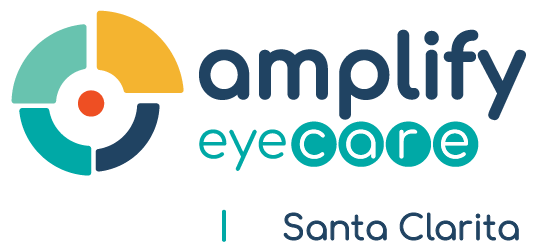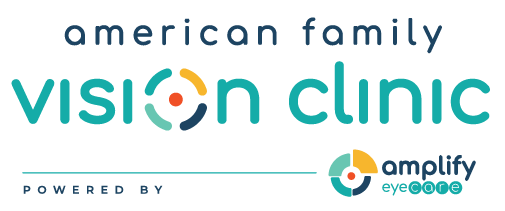Purpose
This study measured aniseikonia before and after the first and second cataract surgeries in ametropic adults. The relationship of aniseikonia to anisometropia and its effect on stereopsis, ocular alignment, and clinical symptoms were determined.
Methods
Seventeen patients scheduled to have bilateral cataract surgery with 2 diopters or more ametropia participated. Patients were evaluated before cataract surgery and 4 weeks (±1 week) after the first and second surgery. Visual acuity, refractive error, aniseikonia, stereopsis, ocular alignment, and visual symptoms were determined at each visit.





